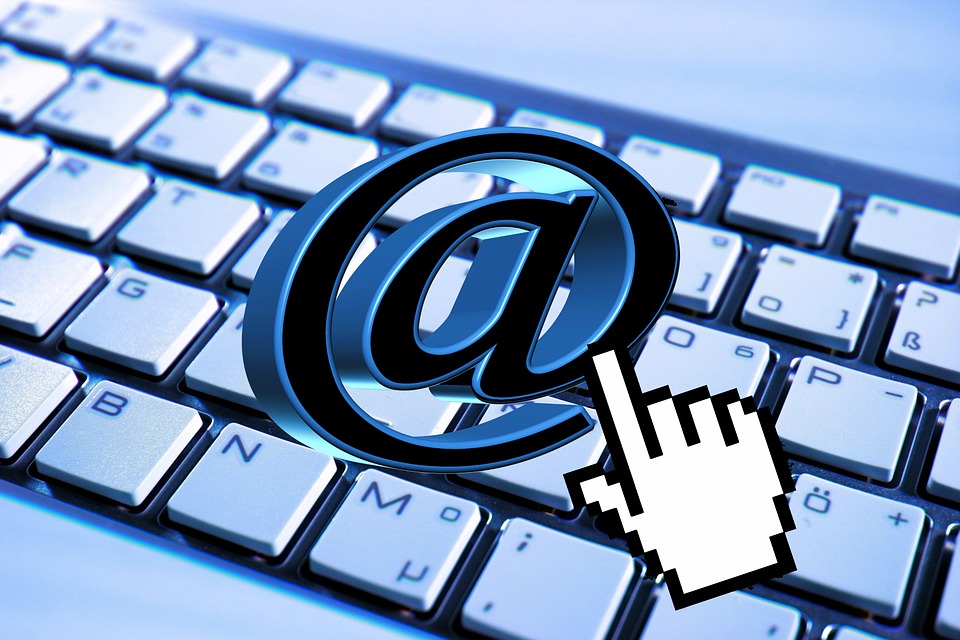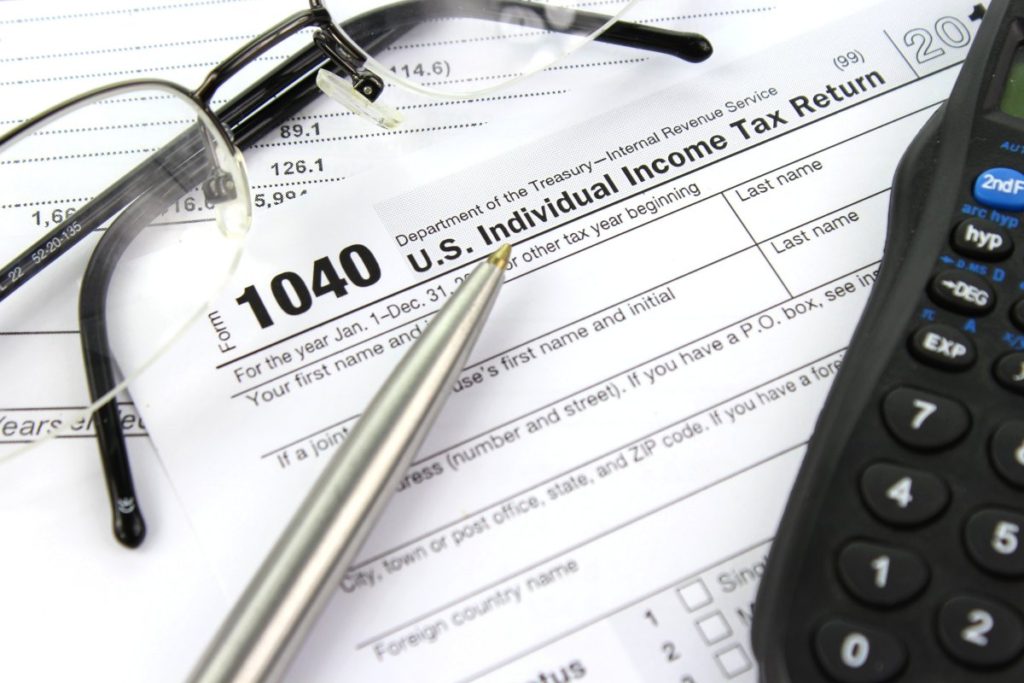
It is very important that you find email archiving solutions for your business. Not only will it make your more efficient overall, it will also ensure that you are fully compliant with discovery regulations. Different archiving solutions use different methods, but all of them have a number of key best practice actions that you have to be aware of if you are to get the most out of it.
Best Practice for Email Archiving
- Make sure you know why you should archive. You have to consider which documents are of critical importance, what can be kept, and what can be deleted. Think about attachments as well, and whether or not they have to be kept. There is a different between storing and archiving, which you also need to understand. Once you know what your needs are, you can find a solution that fits those.
- Apply scripts so that you can create archives for multiple accounts. If you have a business, there are likely to be multiple email addresses. Archiving them one after the other takes a lot of time. By using a script, you can efficiently archive everything in one go.
- Set limits to the mailboxes of each account. Depending on your archiving solution, you may need to set these manually, or the system will automatically use the default. Make sure that the server you have chosen can handle the size of your email account(s).
- Make sure you are compliant with all relevant regulations. For instance, certain emails have to be kept longer than others, and certain folders cannot exceed certain sizes. This is important not just in terms of compliance, but also in terms of how much you will pay for your solution – the more you need, the more expensive it will get.
- Decide how you want your archive to be structured, and where it will be stored. The more accounts you add, the more complex it gets, and the longer you archive, the wider it gets. Hence, you need to make sure that there is a logical structure that allows you to find elements with ease as and when require.
Email archiving solutions are vital tools in today’s world of business. They have replaced the traditional paper archives, which were quickly replaced by microchip archives. While these types still exist, they are found mainly in libraries. In fact, there are few documents that still have to be kept in their original format, or even on their microchip. Instead, everything now exists electronically, with documents having been scanned into an online system, and communication now being almost fully digital. As a result, archiving solutions also have to be digital. However, the rules and regulations surrounding archiving – what you should keep, how you should keep it, how long you should keep it for, who can access it – have remained unchanged. You cannot simply press the delete button on an email exchange and hope for the best, it has to be archived properly.


